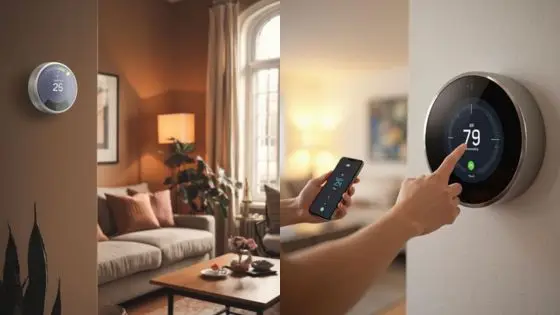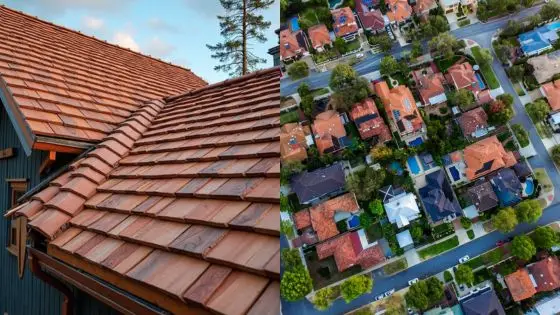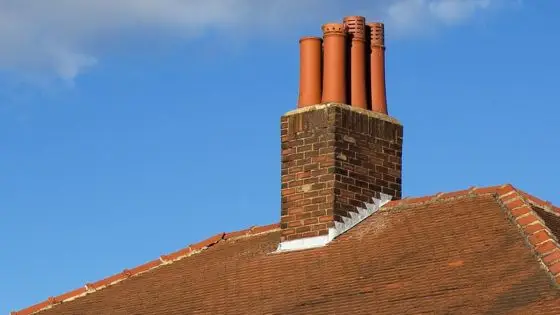

The evolution of modern home materials reflects a journey from traditional construction methods to innovative, energy-efficient solutions that shape contemporary living spaces. Vera Iconica hospitality design exemplifies this transition, blending timeless materials with cutting-edge technologies to create homes that are both beautiful and sustainable. As the demand for eco-friendly architecture grows, the materials used in home construction have undergone significant transformations, enhancing durability, functionality, and environmental responsibility.
Traditional Materials: The Foundation of Modern Homes
Concrete, brick, and wood have long been the cornerstone of home construction. These materials provided the structural integrity needed for homes to withstand time and the elements. Concrete, known for its strength and versatility, became a popular choice in the 20th century, offering architects the freedom to experiment with new forms and designs. Brick, with its durability and classic appeal, added character to residential structures, while wood brought warmth and natural beauty to interiors and exteriors alike. Although these materials laid the foundation for modern architecture, they often came with environmental costs, such as high energy consumption during production and limited energy efficiency once incorporated into buildings.
The Shift Towards Sustainable Materials
As awareness of environmental issues grew, the construction industry began to explore more sustainable alternatives. This shift was driven by the need to reduce the carbon footprint of buildings and promote energy efficiency. Materials like recycled steel, bamboo, and reclaimed wood emerged as eco-friendly options that maintained structural integrity while minimizing environmental impact. Recycled steel offers strength and longevity without the resource depletion associated with traditional steel production. Bamboo, a rapidly renewable resource, provides a sustainable alternative to hardwood, offering similar aesthetic and functional qualities. Reclaimed wood not only adds a unique, rustic charm to modern homes but also reduces the demand for new timber, preserving forests and biodiversity.
Innovations in Energy-Efficient Materials
The evolution of modern home materials has been marked by innovations that prioritize energy efficiency. Insulated concrete forms (ICFs), structural insulated panels (SIPs), and low-emissivity (low-E) glass are just a few examples of materials that enhance a home’s thermal performance. ICFs offer superior insulation, reducing heating and cooling costs, while SIPs provide airtight construction that minimizes energy loss. Low-E glass, designed to reflect heat while allowing natural light to enter, helps maintain indoor temperatures, reducing the need for artificial heating and cooling. These materials not only improve energy efficiency but also contribute to a more comfortable and sustainable living environment.
The Role of Smart Materials in Modern Homes
Smart materials have further revolutionized home construction by integrating technology with functionality. Phase-changing materials (PCMs) that absorb and release heat based on temperature changes, self-healing concrete that repairs its own cracks, and smart glass that adjusts its transparency in response to light conditions are just a few examples. These materials enhance the efficiency, longevity, and adaptability of modern homes, offering homeowners greater control over their living environments while reducing maintenance costs and environmental impact.
Sustainable Finishes and Interiors


In addition to structural materials, the evolution of home design has also embraced sustainable finishes and interiors. Low-VOC (volatile organic compounds) paints, recycled flooring materials, and energy-efficient lighting have become staples in modern home design. Low-VOC paints improve indoor air quality by minimizing harmful emissions, while recycled flooring options like reclaimed wood, cork, and recycled glass tiles offer eco-friendly alternatives without compromising aesthetics. Energy-efficient lighting, including LED and solar-powered options, reduces electricity consumption and enhances the ambiance of living spaces.
The Future of Home Materials
The future of modern home materials lies in the continued innovation and integration of sustainability and technology. Biodegradable materials, such as mycelium-based composites, offer promising alternatives to traditional construction materials. Mycelium, the root structure of fungi, can be grown into lightweight, durable panels that decompose naturally at the end of their lifecycle. 3D-printed materials, tailored to specific design and structural requirements, reduce material waste and construction time. The integration of renewable energy systems, such as solar panels and wind turbines, directly into building materials further enhances the sustainability of modern homes.
Balancing Tradition and Innovation
While the evolution of modern home materials has embraced sustainability and technology, there is still value in traditional materials. The challenge for architects and designers is to balance the timeless appeal of concrete, brick, and wood with the benefits of modern, energy-efficient materials. By blending tradition with innovation, architects can create homes that are both enduring and forward-thinking, reflecting a deep respect for the past while embracing the possibilities of the future.
The journey from concrete to energy-efficient materials highlights the dynamic evolution of home construction. As materials continue to evolve, the focus remains on creating homes that are not only aesthetically pleasing but also sustainable, functional, and adaptable to the changing needs of homeowners and the environment.
- 11shares
- Facebook0
- Pinterest11
- Twitter0



